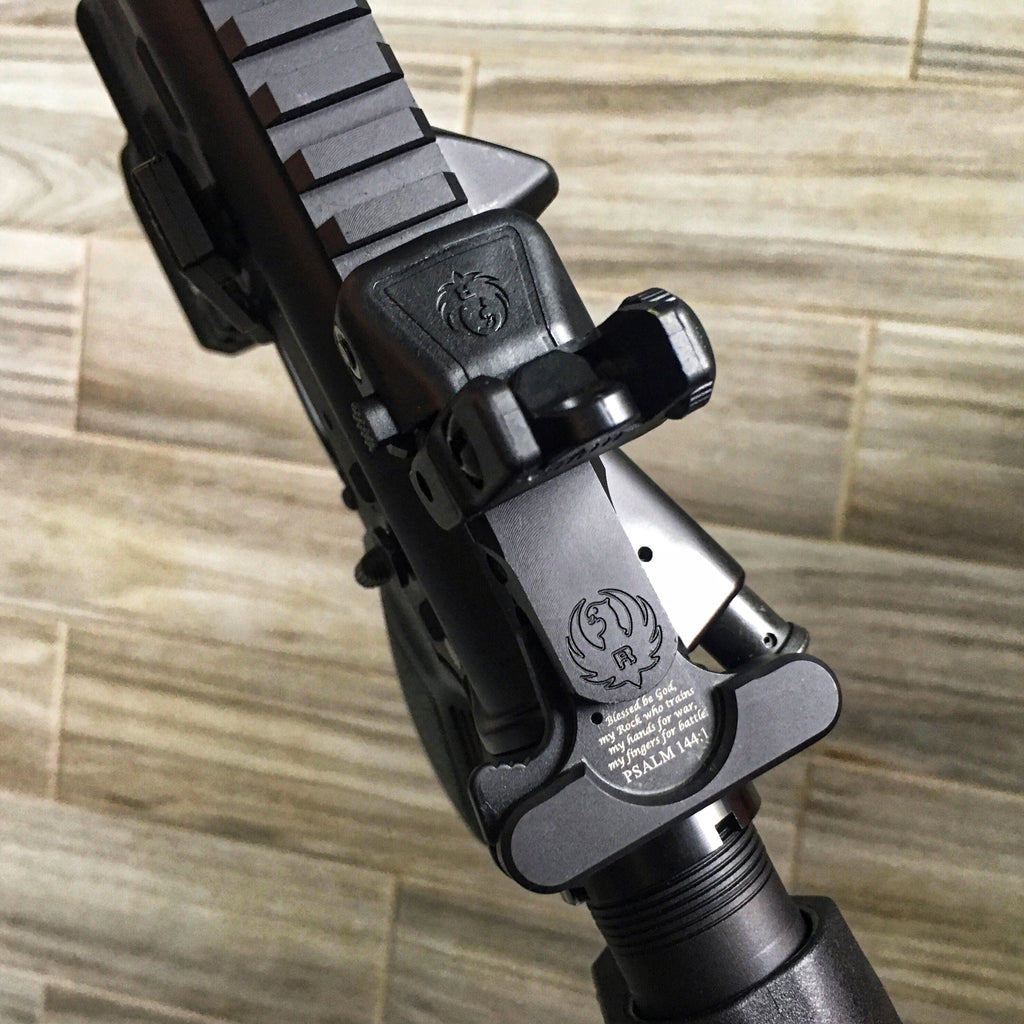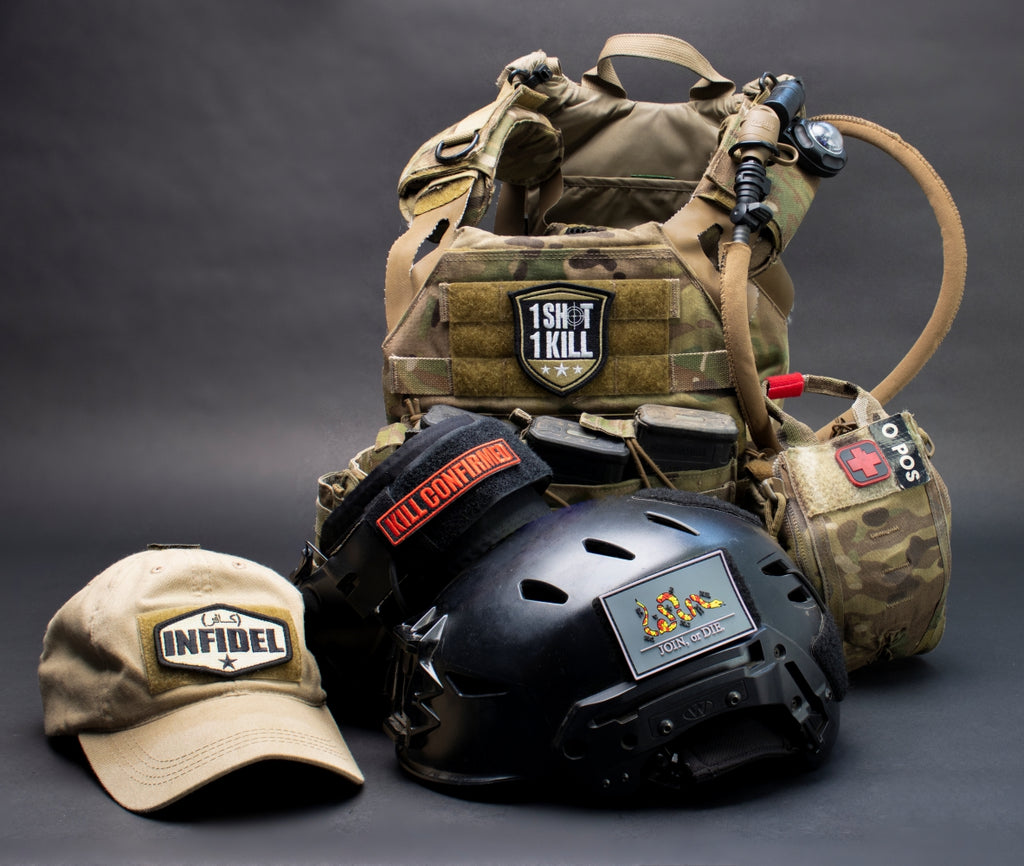Navigating the Differences Between Rifles and Pistols
For many people interested in firearms, navigating the differences between rifles and pistols can seem daunting at first. However, understanding the key distinctions between these two common types of guns is an important part of becoming an informed and responsible gun owner. Guns come in a variety of styles and types, each with its perks and demerits. A true marksman is critically aware of the intricacies of different gun types.

Key Differences Between Rifles and Pistols
Rifles and Pistols vastly differ not only in their size but other parameters as well. In this blog post, we’ll break down the major differences between rifles and pistols to help demystify the topic.

Size and Use
The most fundamental difference between a rifle and a pistol is their size and intended use. Rifles are long guns designed to be braced against the shoulder when firing. Their longer barrels and stocks make them heavier and less maneuverable than handguns but provide stability for aiming at longer ranges. Pistols are small, handheld firearms designed for close-quarters shooting. Their compact size makes them easy to carry and conceal.
Ammunition Types
When it comes to ammunition, rifles, and pistols use different types of cartridges. Rifle rounds are high-powered cartridges that contain more gunpowder and generate much higher muzzle velocities than handgun rounds. This enables rifles to maintain accuracy and stopping power over longer distances. Pistol cartridges sacrifice long-range ballistics for compact size and controllability in a handheld package. The most common pistol rounds are 9mm, .40 S&W, and .45 ACP. Common rifle cartridges include .223 Remington, .308 Winchester, and 30-06 Springfield.
Effective Range
Related to ammunition differences is effective range. A typical rifle has an effective range of 500-1000 yards, depending on the cartridge and barrel length. This enables engaging targets at very long distances. Pistols have a much shorter effective range, usually 50 yards or less. This limits their usefulness to close-quarters shooting but makes them better suited for defensive carry. Understanding these range differences is key to choosing the right tool for a given shooting application.
Shooting Mechanics
When it comes to shooting mechanics, rifles and pistols require different techniques. Rifles are shot from the shoulder, relying on the stock for stability and absorbing recoil. Their long barrels and sights lend themselves to precision aiming using two hands. Pistols are shot one-handed, with a firm arm lock to control the muzzle flip of the recoil. Stance, grip, sight alignment, and trigger control must be adapted based on the unique ergonomics of the handgun. Mastering rifle and pistol techniques is an important part of becoming a well-rounded shooter.

Legality Differences
Legally, rifles and pistols are subject to different regulations. In many jurisdictions, handguns are more strictly regulated than long guns including rifles and shotguns. There are often additional background checks, waiting periods, or licensing requirements for purchasing a pistol versus a rifle. Magazines may also be restricted depending on whether they are designed for use in a pistol or rifle. Staying up to date on the laws in your local area is critical, as is complying with any additional steps required for buying or carrying a handgun.
Customization and Accessory Options
One key difference between rifles and pistols is customization and accessory options. Rifles, especially AR-15 style rifles, can be extensively customized with aftermarket stocks, handguards, triggers, optics, and rails for rifle accessories. There is a huge variety of customization options to tailor a rifle to your specific needs. Pistols have fewer customization options, usually limited to sights, grips, triggers, and weapon lights as pistol accessories. While pistols can be customized, the possibilities are much more limited compared to modern sporting rifles. So rifles provide more flexibility for sport and hobby enthusiasts to personalize their firearms.
Action Types
Regarding action types, rifles tend to have more options than pistols. Common rifle actions include bolt action, lever action, pump action, semi-auto, and select-fire/full auto for military/law enforcement use. Pistols are mostly limited to single-action, double-action/DAO, and semi-automatic actions. Within these action types, rifled actions can accommodate a wider variety of calibers and configurations tailored to different shooting applications. Pistol actions are more standardized across brands and models, especially in Glock Pistols.
Conclusion
In summary, while both rifles and pistols propel a projectile using gunpowder, their similarities end there. Rifles are optimized for long-range accuracy and power, while pistols trade ballistics for compactness and ease of carry. Rifles and pistols differ in many ways, from ammunition to shooting technique to legal requirements. But both play important, complementary roles for recreational, competitive, defensive, and tactical shooters. Understanding their strengths, limitations, and differences is essential knowledge for every responsible gun owner.




